Walking with a weighted backpack is a low-impact, full-body workout that’s growing in popularity
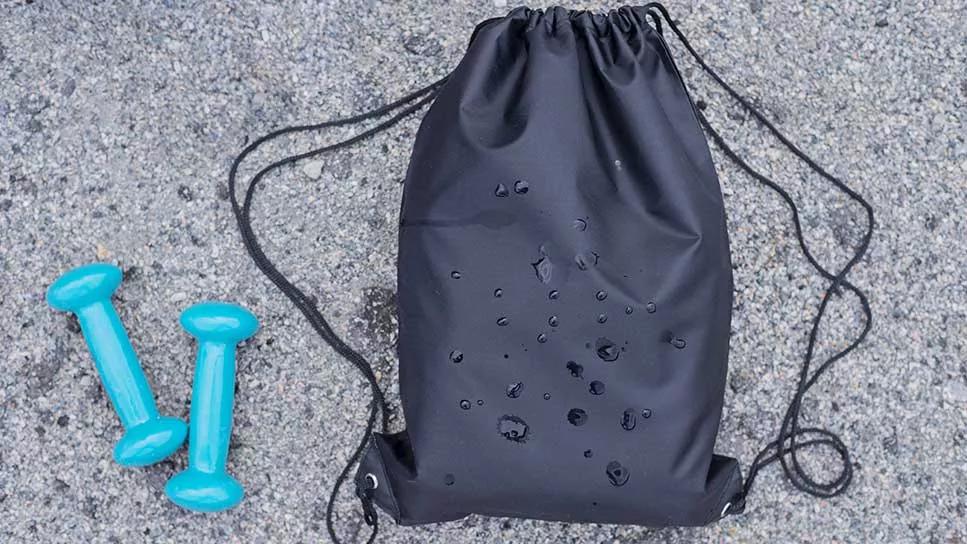
Rucking sounds like something that might land you in trouble if you do it in public. But walking with a weighted pack (What did you think rucking was?!) is an excellent full-body workout. It strengthens muscles, raises your heart rate and gets you moving outside.
Advertisement
Cleveland Clinic is a non-profit academic medical center. Advertising on our site helps support our mission. We do not endorse non-Cleveland Clinic products or services. Policy
“The term ‘rucking’ comes from military members carrying weighted rucksacks during boot camp trainings,” explains sports medicine physician Matthew Kampert, DO. “Rucking or ruck marching prepares soldiers for real-world scenarios where they must carry heavy loads for long distances and prolonged time.”
Dr. Kampert says rucking is gaining ground with civilians, thanks in part to David Goggins, a retired U.S. Navy Seal who promotes the benefits of rucking on social media.
So, should you try rucking? Dr. Kampert explains all about rucking, how to do it and how it can help you.
Rucking is walking a set distance while carrying a weighted pack on your back.
“Think of it as urban hiking,” says Dr. Kampert.
As a physical workout, rucking focuses on three components:
A great thing about rucking is that the workout doesn’t require a gym membership or a major investment in equipment. Of course, supportive walking shoes and breathable clothing are always a must.
To get started, you need:
Rucksacks have inserts or netting to hold specially designed ruck weights higher and tighter on your back. They also have padded shoulder straps and a chest strap.
Advertisement
“The sack evenly distributes weight on your spine with minimal bouncing or shifting of weights,” explains Dr. Kampert.
Some rucksacks have extra exterior handles, so you can use the weighted sack like a kettlebell or dumbbell while doing lunges or overhead presses.
Backpacks, on the other hand, are roomier. They’re meant for carrying lots of items like jackets, food, sunscreen and water bottles.
“Weights or heavy items in a backpack are more likely to shift around or poke you in the back when you ruck,” says Dr. Kampert.
The extra weight can also pull the pack downward, stressing your shoulders and lower back.
If you want to make sure you enjoy rucking before purchasing a specially made rucksack, Dr. Kampert suggests using a well-stitched backpack that’s sturdy enough to hold a heavy load. The backpack should also have wide, comfortable shoulder straps and a chest strap or waist strap to minimize bouncing.
Exercise rucksacks have specially designed weights (usually flat and rectangular or square) that fit into the sack’s interior pockets.
You can load a backpack with dumbbells, barbell plates or weighted sandbags. If you’re using household items, weigh them so you can track your workout progress.
“You may want to wrap the items in towels for cushioning,” suggests Dr. Kampert.
Weighted items you can put in your backpack include:
Whether you’re new to exercise or a gym regular, Dr. Kampert recommends you ease into rucking.
“Rucking works your body in new and different ways,” he says.
Loading up a pack with heavy weights at the onset or trying to ruck a long distance may lead to injuries like stress fractures.
Ready to ruck? Follow these three steps:
For some people, a light load might mean walking with an empty rucksack or backpack, using only body weight as the load.
“See how many miles or minutes you’re comfortable with before adding weights,” says Dr. Kampert.
When you’re ready to load up, don’t go too heavy, even if you regularly strength train.
“Lifting weights at the gym isn’t the same as carrying 20 pounds on your back for several miles,” he adds. “You might start your initial ruck with 5 pounds and work your way up.”
Maintain an upright posture with your shoulders back (not hunched forward) as you walk. Choose a pace that’s comfortable or pushes you a little if that’s your goal.
Advertisement
Use a fitness tracker to monitor your pace, distance, duration and weight load, so you know when it’s safe to push yourself further. Dr. Kampert recommends increasing one component at a time by about 10% each week (depending on your fitness level and goals).
“Increasing frequency and intensity simultaneously can lead to injuries and setbacks,” he says.
For instance, you might choose one of these strategies:
It’s also a good idea to mix in other activities like yoga or swimming.
“You should challenge your body in different ways and also take time to rest and recover,” says Dr. Kampert.
Rucking is an easy, low-impact, full-body workout that offers many benefits.
One study found that 10 weeks of walking with weights combined with resistance training improved participants’:
Another study on participants ages 65 to 74 found that weighted step exercises improved their leg muscle strength, power and ability to get around (functional abilities).
Advertisement
Rucking burns up to three times more calories than walking without a weighted pack, putting it on par with jogging. You’ll burn more calories if you walk faster and carry a heavier load — but proper form and safety should always be the top priorities.
Rucking can enhance your mental health because it’s exercise, which helps improve your mood. And you get an additional boost from being outside, as rucking is traditionally an outdoor activity. (Though, you can also ruck indoors on a treadmill, elliptical machine or stair climber when the weather is bad.)
Spending time in nature lowers stress levels, blood pressure and your risk for mood disorders like depression. And while rucking can be a solo activity, rucking with friends or as part of a rucking club can also lift your spirits.
“Unless you have painful bone or joint issues, rucking is generally a safe and effective workout for people of all ages and fitness levels,” says Dr. Kampert. (Of course, always talk to your healthcare provider before starting any new fitness routine.)
So, what are you waiting for? Strap on that backpack and start rucking!
Advertisement
Learn more about our editorial process.
Advertisement
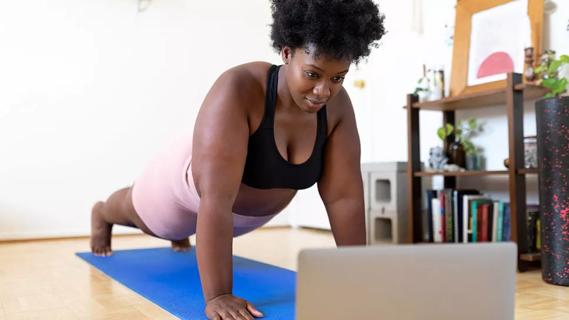
The exercise — which you’ve probably been doing since grade school — can be intimidating, but proper form can help
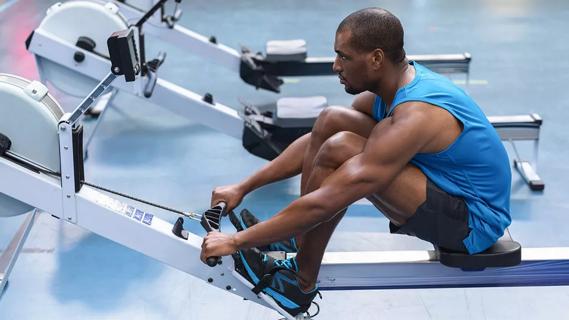
Exercise lowers risk for heart conditions, improves mental health and reduces visceral fat that can compromise your organs
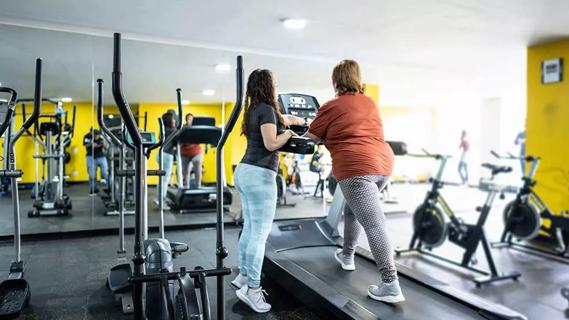
Ask questions, get referrals and consider if someone is a good fit for you and your fitness goals
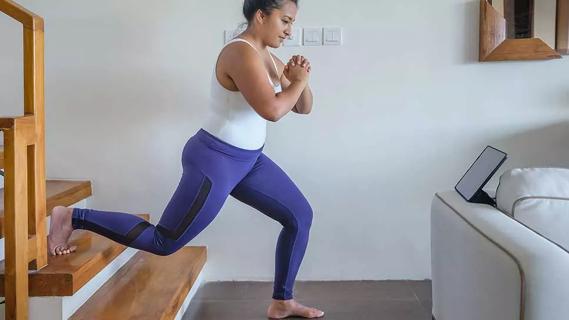
Expect a few bumps in the road, work out for the right reasons and give yourself some credit
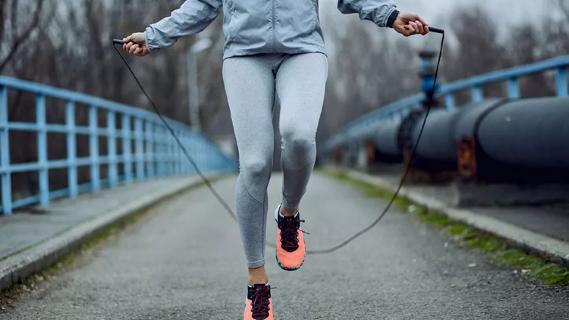
Jump into the swing of things to improve your coordination, burn calories and get your heart rate going
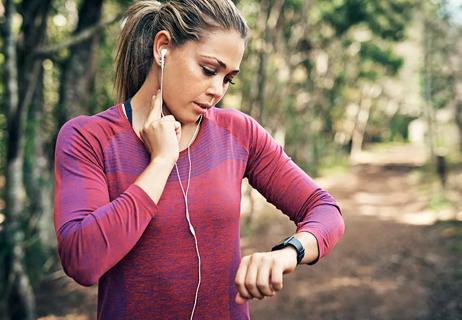
A super high heart rate means you’re burning more than fat
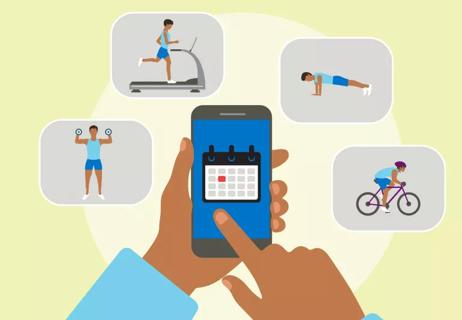
Meet your workout goals by accounting for frequency, intensity, time and type
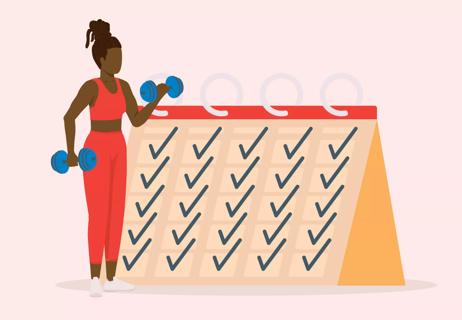
This modified challenge offers a head start on healthier habits

Type 2 diabetes isn’t inevitable with these dietary changes

Applying a hot or cold compress can help with pain